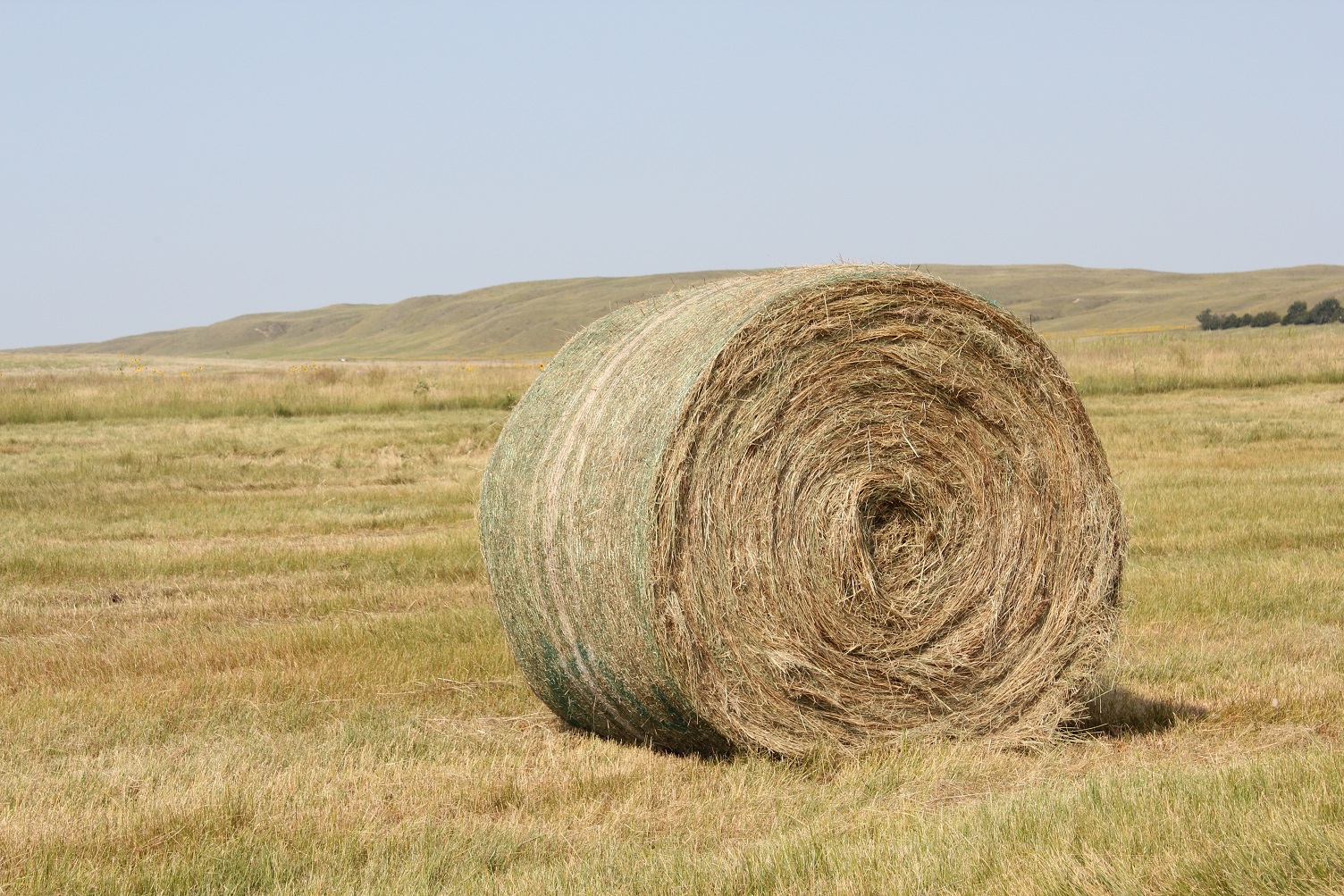Ben Beckman, Nebraska Extension Educator

With many producers utilizing annual forage/cover crops and prevent plant acres, the amount of “non-traditional” forage options on the market have increased this past year. As long as we keep an eye out for potential nitrate issues, sorghum/sudangrass, milo, or small grains like oats, rye, and wheat can all make great forage options as hay or silage. Whether you are looking to buy or sell these products, answering the question, “Is the price right?” can often be a difficult undertaking.
When pricing alfalfa or grass hay, a great resource to start with is the USDA Hay Report which is published weekly and splits the state into three reporting regions. Sometimes you can get lucky and catch prices for “non-typical” hay, but that isn’t always the case. It may be worth calling local hay dealers to check values.
When the forage we are looking to price isn’t listed or we can’t find a good quote, we need to figure a way to compare our feeds equally, as either price per unit of protein or energy. To do this start by finding what the market price for protein or energy is in hay that we do have a price for. Because different feeds have different moisture levels that effect the weight, we need to figure the price of hay on a 100% dry matter basis so we can accurately compare.
This takes a bit of quick math. To begin, take the cost of a feed that we know the value of, (i.e. good large round alfalfa bales for $110 per ton). We can figure hay being anywhere from 80-90% dry matter depending on storage. For our example, let’s split the difference and assume 85% dry matter. We then divide our feed cost by percent dry matter to get cost per unit of dry matter. In our example, this is $129.41 per ton of dry matter.

While most hay outside of alfalfa isn’t usually used for protein supplementation, we can still take a look at it and see if the price per unit of protein affects our decision. The USDA says good quality alfalfa is 18-20% crude protein, so we’ll use 19% for our example. We then take our price per unit of dry matter ($129.41) and divide by percent crude protein (19%). So for this hay we are paying $681.11 per ton of protein on a dry matter basis. We can divide this by 2,000 pounds to get our cost per pound, which is $0.34/lb.

For energy, we do the same thing, just substituting % TDN for % protein. Again, we go to our USDA survey and see that good quality alfalfa is 58-60% TDN at 100% dry matter. For our example, we’ll use 59%. We then take our price per unit of dry matter ($129.41) and divide by percent TDN (59%). So for this hay, we are paying $219.34 per ton of energy on a dry matter basis. We can divide this by 2,000 pounds to get our cost per pound, which is $0.11/lb of TDN.

To compare other forages, say some sorghum/sudangrass hay that the neighbor wants to sell to us, we need to know the price and the 100% dry matter crude protein and TDN numbers from a forage test. The sorghum/sudangrass hay is priced at $90 per ton, and the forage analysis showed 87% dry matter, 11% crude protein, and 55% TDN at 100% dry matter. If we do our math like before, we come up with the numbers below:

Like we expected, if we are planning on feeding the sorghum/sudangrass hay for protein, alfalfa is a better option as we’d be paying $0.13/lb. more. However, if we want to feed the sorghum/sudangrass hay as an energy supplement, we are saving $0.02/lb. of TDN provided.
If you don’t want to take the time to make these comparisons long hand and don’t mind a computer spreadsheet, Nebraska Extension has developed a great tool, the Feed Cost Cow-Q-Lator, which does most of the math for you. The Cow-Q-Lator even adds a few additional layers of cost to consider, delivery charges, storage, and feeding, as well as a generic feed library to help with rough comparisons.
While it takes a bit of extra effort to do these sorts of comparisons, evaluating feedstuffs on a cost per unit basis is beneficial for everyone. Those feeding can develop rations that don’t break the bank and those selling can be certain their asking price is fair. Whether you do it long hand or using a spreadsheet, figuring out the true value of a forage makes answering the question, “Is the price right?” manageable.
University of Nebraska-Lincoln
